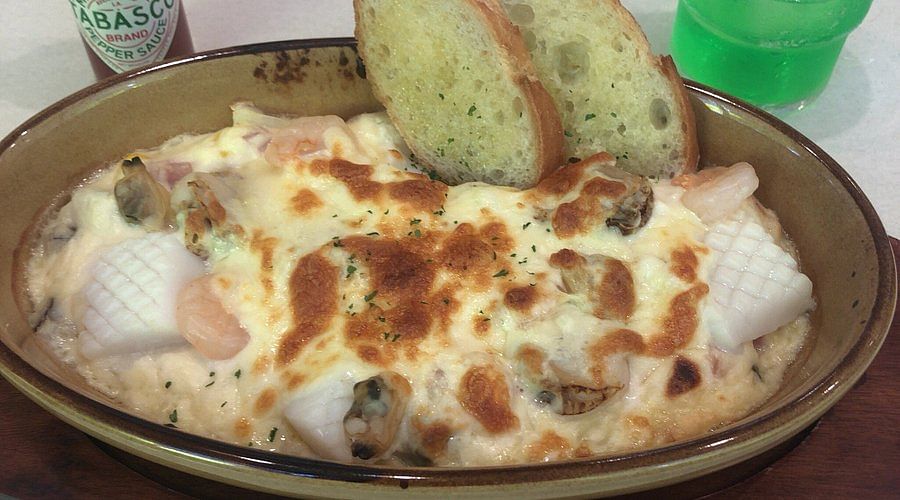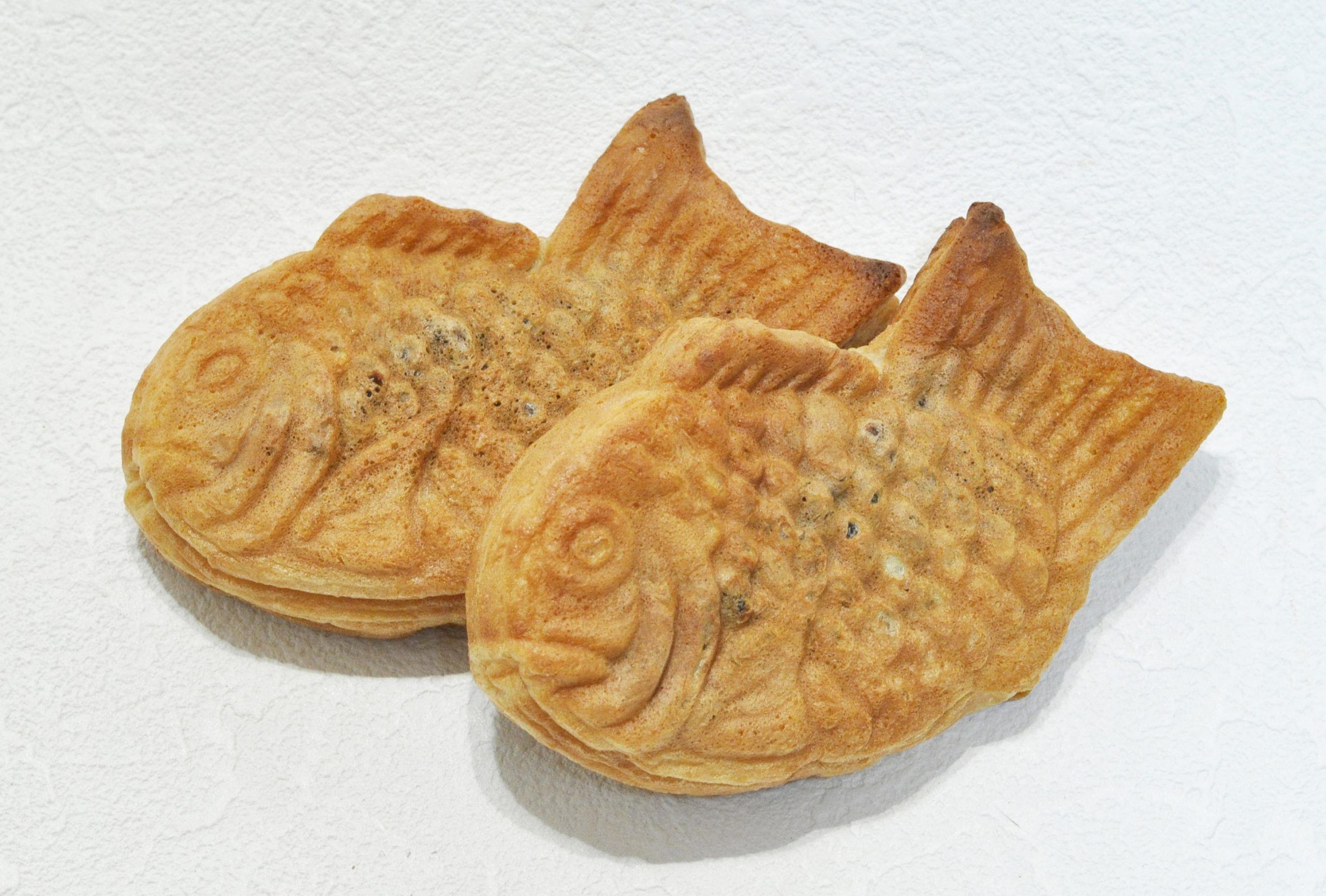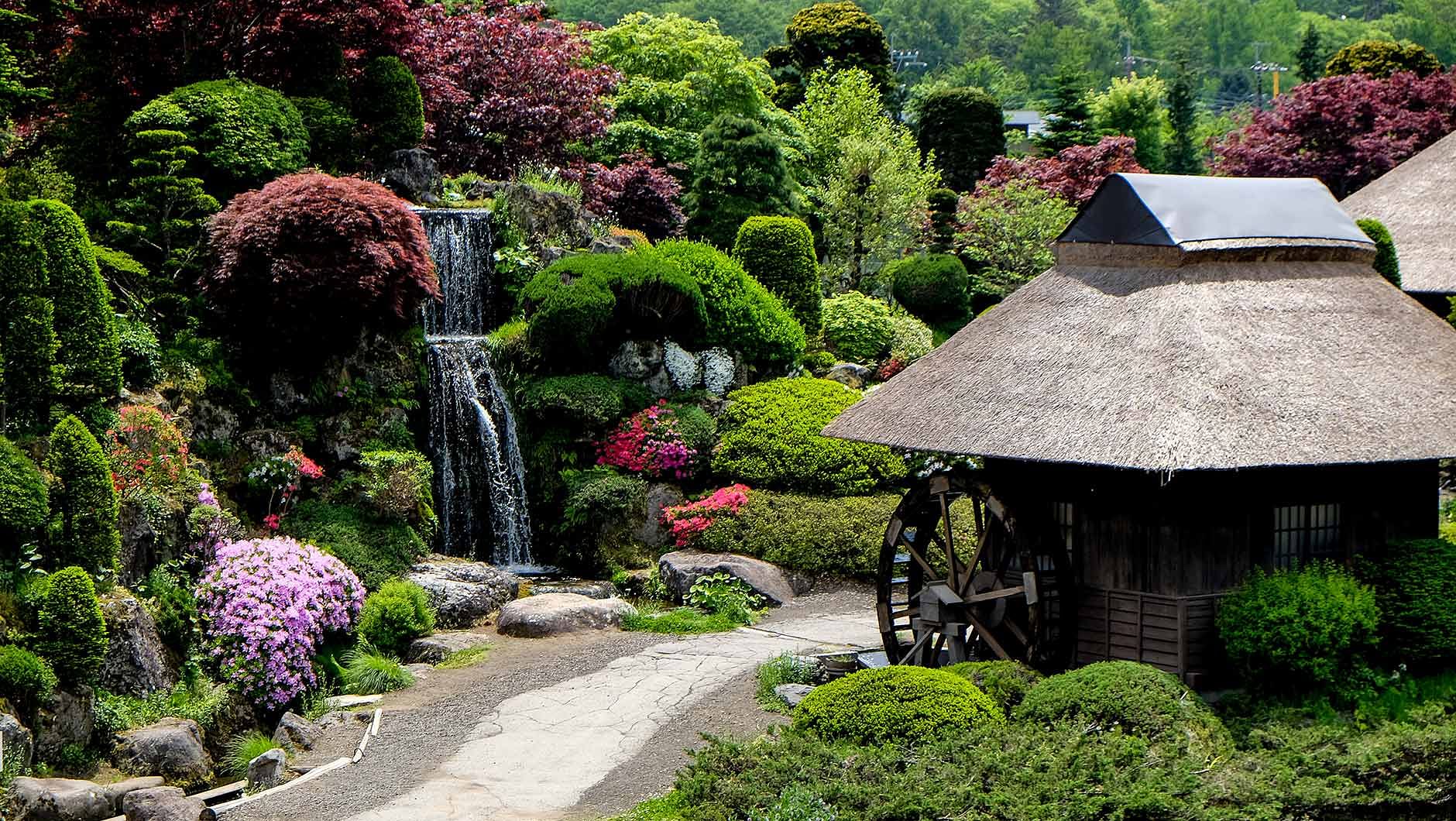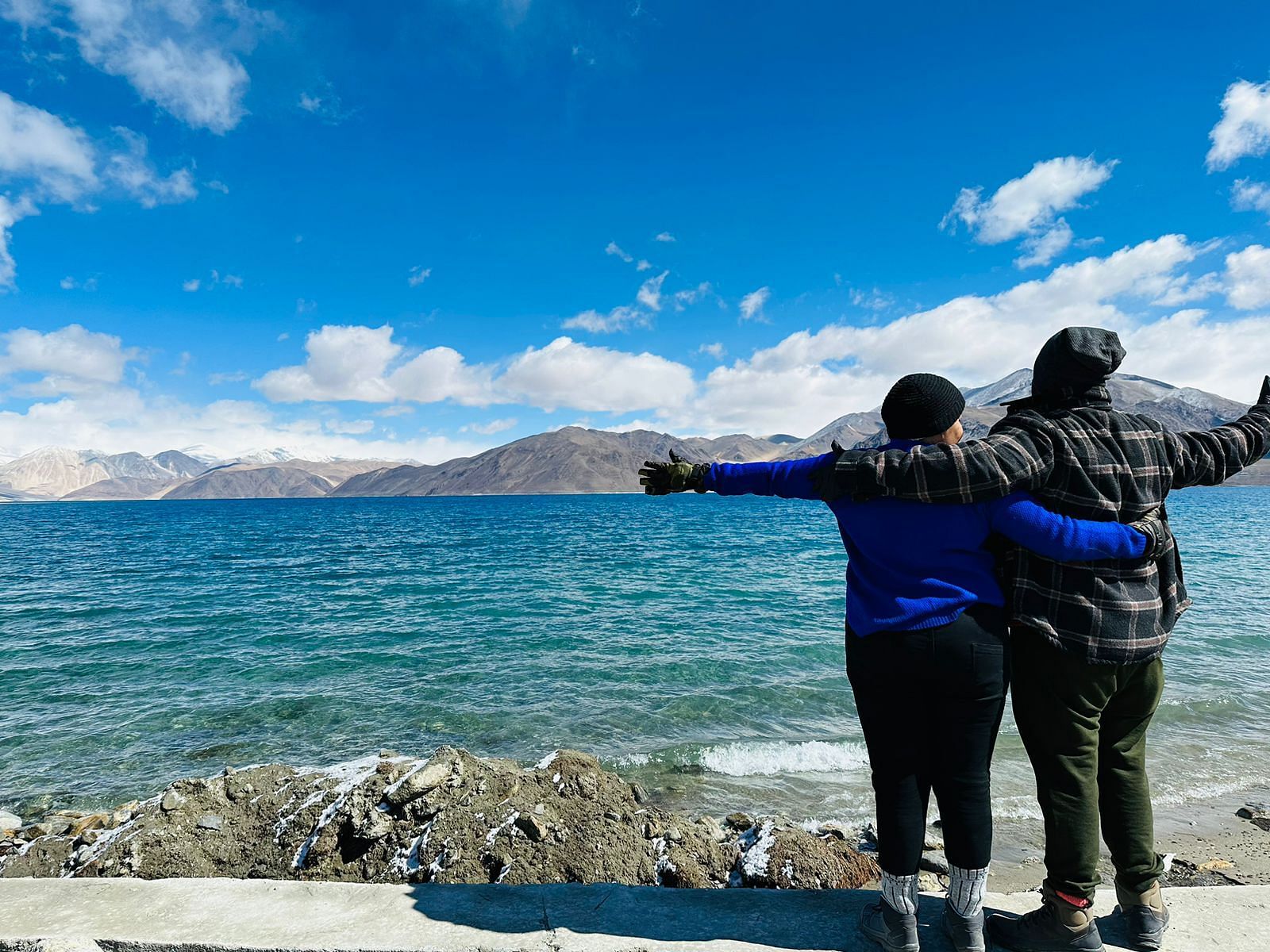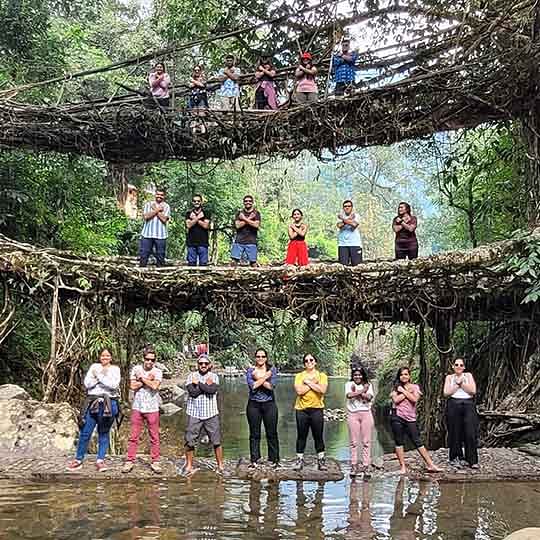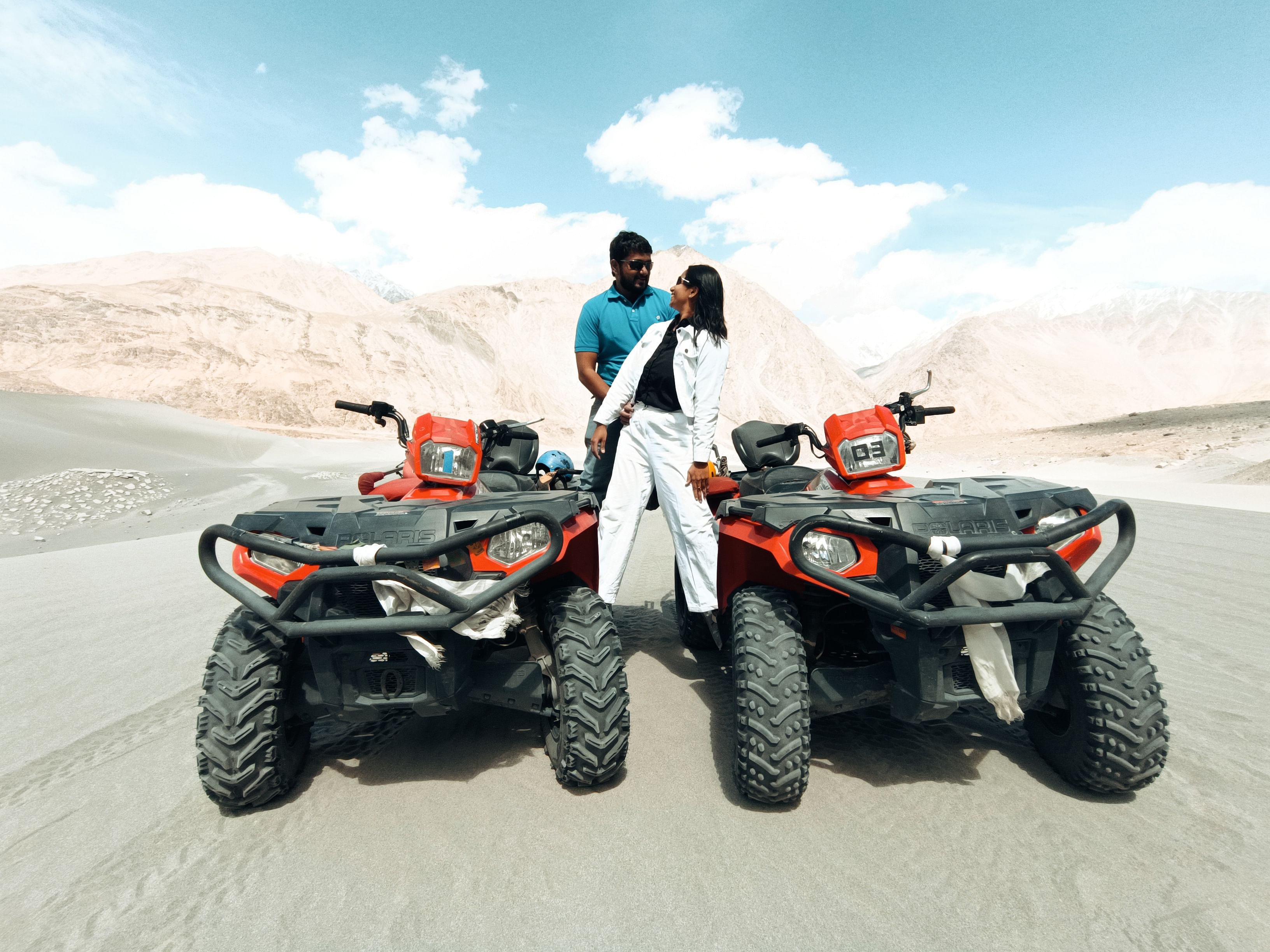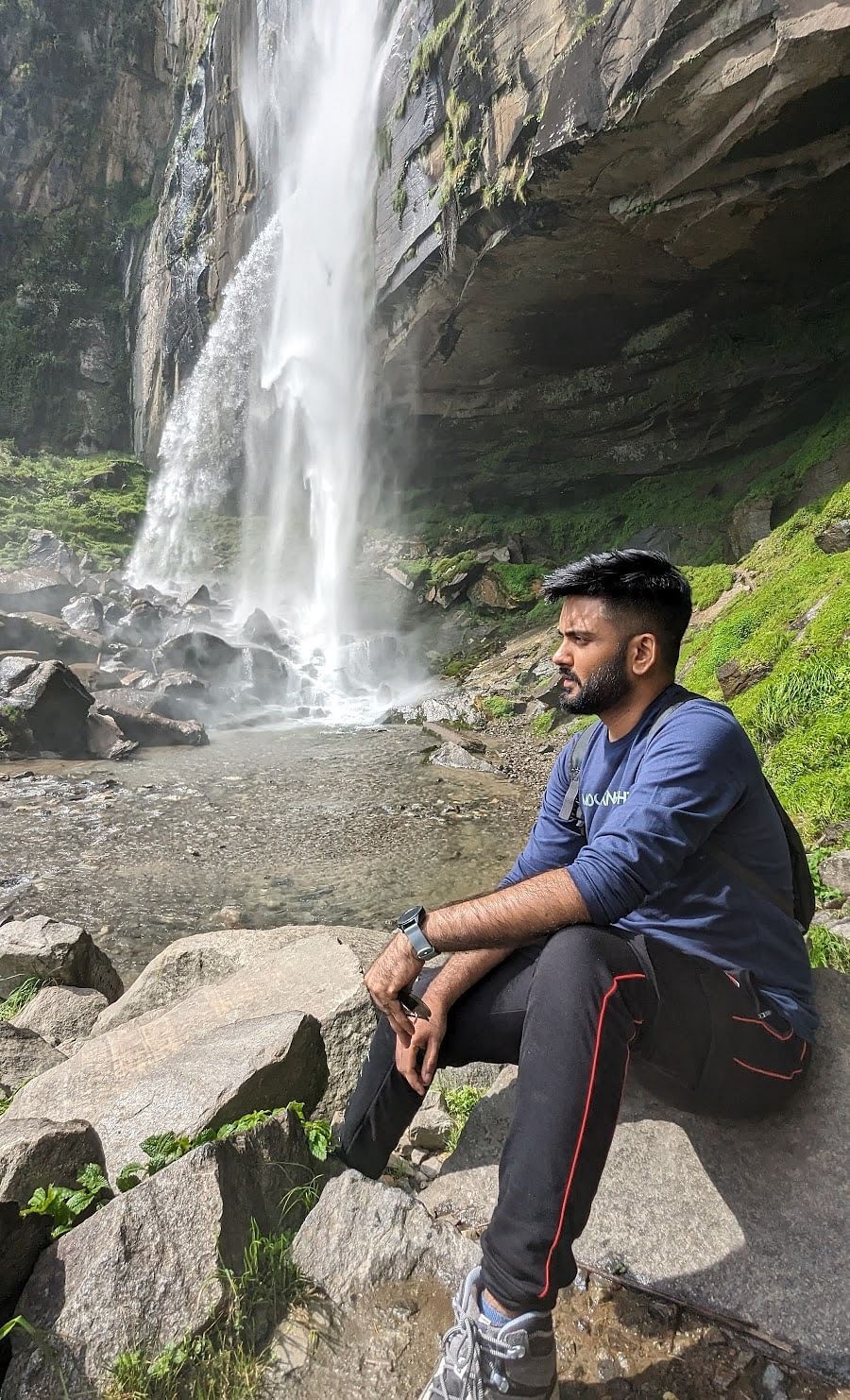Let us tell you a story that’ll make you want to pack your bags right now. Visit Oshino Hakkai, a tiny village that’s nature’s best-kept secret – and a must-see spot for anyone exploring beyond the busy streets of popular places to visit in Japan. The village is part of the Mount Fuji UNESCO World Heritage Site. Picture this: eight crystal-clear ponds so pure you could practically see a coin sparkling at the bottom. These aren’t just any water bodies – they’re magical springs birthed from Mount Fuji’s melting snow, each with its personality and charm. Local legends say these waters have been telling stories long before humans arrived. Discover Oshino Hakkai’s eight crystal-clear ponds, where Mount Fuji’s magic meets pristine waters in Japan’s most beautiful hidden village. It’s one of those things to do in Japan that you absolutely cannot miss.
If you’re planning an adventure, check out our incredible Japan Tour packages that include this hidden gem. Imagine walking through a landscape where traditional wooden houses peek out between lush greenery, and Mount Fuji looms majestically in the background like a protective guardian.
No fancy filters are needed. This is raw, untouched Japanese beauty that’ll make your travel stories legendary.
The Famous Eight Ponds at Oshino Hakkai
At the heart of Oshino Hakkai are its eight ponds, each with its unique beauty and significance. These ponds are fed by water from Mount Fuji, which filters through layers of volcanic rock over decades. The result is water so pure and clear that it has become a source of pride for the village. Let’s take a closer look at the ponds that make this village famous:
1. Deguchi Pond: Deguchi Pond is the largest of the eight ponds and serves as the “gateway” to Oshino Hakkai. Its calm surface reflects the surrounding nature, creating a postcard-perfect view of Mount Fuji on clear days. Historically, this pond marked the starting point for pilgrims heading to Mount Fuji. Its location and size made it an essential stop.
2. Okama Pond: Okama Pond, also called the “cauldron pond,” is one of the deepest ponds at Oshino Hakkai. Its circular shape gives it the appearance of a cauldron. The water in this pond is so pure that locals believe it has healing properties. In the past, pilgrims used it to cleanse themselves before their spiritual journey.
3. Sokonashi Pond: Sokonashi, meaning “bottomless pond,” gets its name from its incredible clarity, which makes it seem as though it has no bottom. In reality, the pond is several meters deep. This pond has an air of mystery, and its pristine waters are said to symbolize purity and renewal.
4. Choshi Pond: Choshi Pond is smaller but equally beautiful, known for its reflective surface. It is surrounded by stone lanterns and other traditional elements, adding a historical touch. The pond’s name, “choshi,” means “sake bottle,” referring to its shape. It is a reminder of the harmonious blend of nature and culture in Oshino Hakkai.
5. Waku Pond: Waku Pond is one of the most popular ponds at Oshino Hakkai, thanks to its lively surroundings and cultural significance. The name “waku” means “spring water,” emphasizing the pond’s natural origins. This pond is considered the purest of the eight, with water so clean it has been designated as one of Japan’s “100 Remarkable Waters.”
6. Nigori Pond: Nigori Pond is slightly murkier compared to the other ponds, but it still has its beauty. The name “nigori” means “cloudy,” referring to its color. It is said that the cloudiness symbolizes the imperfections in human life, making it a place for reflection and contemplation.
7. Kagami Pond: Kagami, meaning “mirror pond,” is famous for its reflective properties. On clear days, it perfectly mirrors Mount Fuji, creating a picture-perfect scene that seems almost magical. This pond is a symbol of harmony and balance, as its reflections remind visitors of the interconnectedness of nature and humanity.
8. Shobu Pond: Shobu Pond is named after the iris plants that grow around its edges. These plants bloom beautifully during certain seasons, adding colorful colors to the pond’s surroundings. This pond is a favorite among artists and photographers for its rich, natural beauty. It’s also considered a symbol of perseverance and growth.
Suggested Read: Shinjuku Gyoen National Garden
A Village Rich in Culture
Oshino Hakkai Village is not just about its ponds. The entire area exudes a sense of history and tradition. Small shrines dot the landscape, adding to the spiritual aura of the village. One notable site is the Hannoki Bayashi Shiryokan, a small museum that offers a glimpse into Japan’s rural past. The museum showcases tools, artifacts, and everyday items from the Edo period, giving visitors an idea of how life was in Japan centuries ago. If you’re interested in history, this is a must-see spot during your visit.
A trip to Oshino Hakkai isn’t complete without sampling the local cuisine. The village is home to small eateries and stalls that serve traditional dishes and snacks. Don’t miss these: One of the must-try dishes in the Oshino Hakkai village is Hōtō, a warm, comforting noodle soup. This dish consists of flat, wide noodles cooked in a miso-based broth along with seasonal vegetables like pumpkin, mushrooms, and root vegetables. Why It’s Special: The rich, savory flavor of the broth combined with the soft, chewy noodles makes Hōtō a perfect dish for colder days, especially in the autumn and winter months. The dish is deeply rooted in the culture of the Fuji Five Lake region, and it’s a comforting reminder of the simplicity and warmth of rural Japanese cuisine.
Where to Try: There are several restaurants and eateries near the entrance of Oshino Hakkai that serve this hearty dish. Some places even prepare it with unique local variations, using the fresh spring water from the ponds to create a light but flavorful broth.
If you’re a fan of Japanese seaweed, you’ll want to try Fujinori, a type of nori (seaweed) cultivated near Mount Fuji. Known for its dark, rich color and full flavor, Fujinori is a staple in Japanese cuisine. It’s often used to make sushi and soups, or eaten as a side dish. Why It’s Special: The seaweed is grown using pure spring water from Mount Fuji, giving it a unique taste that reflects the pristine environment of the region. It’s a great way to take a piece of Mount Fuji’s natural beauty home with you.
Where to Try: Many of the small shops around Oshino Hakkai sell Fujinori, either as a snack or in its raw form to be used in cooking. It’s often available as part of a set of local delicacies or packaged neatly for travelers to take home.
Suggested Read: Rainbow Bridge Tokyo
The clear, pure water of the eight ponds at Oshino Hakkai is a unique offering of the village. The water is known for its purity and freshness, as it is fed by the melted snow from Mount Fuji, filtered through volcanic rock for decades. Why It’s Special: The water here is not only famous for its clarity but it’s also known for its high mineral content and is said to have health benefits. Locals believe it helps improve digestion and detoxify the body.
Where to Try: You can sample the water at the various points around the ponds. Small fountains and taps allow visitors to taste it directly from the source. Many tourists find it refreshing and soothing, and it’s an experience unique to Oshino Hakkai Japan.
A popular street food, Taiyaki is a fish-shaped pastry filled with sweet fillings like red bean paste, custard, or chocolate. Why It’s Special: It’s a fun snack to enjoy while strolling around the village. The crispy outer shell contrasts with the warm, sweet filling, making it a delightful treat for anyone with a sweet tooth.
Where to Try: Several food stalls in and around Oshino Hakkai village serve Taiyaki as a quick, tasty snack. Some vendors also offer seasonal fillings, like sweet potato or matcha, which add an interesting twist to the traditional flavor.
Souvenirs to Bring Back from Oshino Hakkai
1. Mount Fuji-Themed GoodsNo visit to Oshino Hakkai Japan would be complete without picking up a souvenir related to Mount Fuji, one of Japan’s most iconic landmarks. You’ll find a variety of Mount Fuji-themed products, from keychains to postcards, cups, and traditional Japanese fans.
What to Buy: Look for beautifully crafted Mount Fuji figurines, paintings, and souvenir chopsticks adorned with the iconic mountain. These are great keepsakes and gifts to bring home.
2. Oshino Hakkai Water Bottles: The pure, mineral-rich spring water from Oshino Hakkai is available in bottles for visitors to take home.
What to Buy: The water bottles are typically sold at local souvenir shopping in Japan. Some stores also offer decorative bottles, making it an elegant keepsake. You can even find small bottles perfect for travelers who want to carry the water home.
Suggested Read: Tsukiji Outer Market
3. Local Handicrafts and Artisan Products: Oshino Hakkai is home to several local artisans who create beautiful handcrafted products. These include items like hand-painted fans, pottery, wooden crafts, and woven goods.
What to Buy: Look for ceramic tea sets, wooden figurines, and handmade textiles like scarves and tablecloths. These are perfect for adding a touch of Japanese artistry to your home or as gifts for loved ones.
4. Fujinori Products: As mentioned earlier, Fujinori (Mount Fuji seaweed) is a local delicacy, and it makes for a wonderful souvenir. You can buy dried Fujinori or nori flakes, which are perfect for adding flavor to your meals back home.
What to Buy: If you’re looking for something practical, try nori rolls or Fujinori packaged snacks that you can share with friends or family.
A Photographer’s Paradise
For photographers, Oshino Hakkai is a dream come true. The village offers countless opportunities to capture the beauty of nature, architecture, and daily life. Some of the best shots include: - Mount Fuji Reflections: On clear days, the ponds reflect the mountain’s snowy peak, creating a picture-perfect scene.
- Traditional Homes: The thatched-roof houses add a rustic beauty to your photos.
- Seasonal Beauty: Whether it’s cherry blossoms in spring or fiery leaves in autumn, every season brings a new palette of colors.
Suggested Read: Tokyo Skytree
Oshino Hakkai in Every Season
One of the most enchanting aspects of Oshino Hakkai Japan is how it transforms with the seasons. - Spring: The village comes alive with cherry blossoms, adding a touch of pink to the landscape.
- Summer: Greenery and warm weather make it an ideal time for a relaxing walk.
- Autumn: Colorful reds, oranges, and yellows blanket the village, creating a magical atmosphere.
- Winter: A dusting of snow turns Oshino Hakkai into a calm winter wonderland.
Each season offers its unique beauty, making the village worth visiting year-round.
Part of the Fuji Five Lake Region
Oshino Hakkai Village is located in the Fuji Five Lake region, a stunning area that surrounds Mount Fuji. The region includes Lake Kawaguchi, Lake Yamanaka, Lake Saiko, Lake Shoji, and Lake Motosu. Combining a trip to Oshino Hakkai with a visit to one or more of these lakes is a great way to experience the natural beauty of the area. Popular activities in the Fuji Five Lake region include boating, hiking, and enjoying hot spring baths.
Entrance Fee and Accessibility
One of the best things about Oshino Hakkai is its accessibility. There’s no overall Oshino Hakkai entrance fee, making it a budget-friendly destination. However, some attractions, like the Hannoki Bayashi Shiryokan Museum, may charge a small fee (usually 300–500 yen).
The village is easy to explore on foot, and most paths are walker- and wheelchair-friendly.
Suggested Read: Senso-ji Temple
How to Get to Oshino Hakkai
Reaching Oshino Hakkai, located in the heart of the Fuji Five Lake region, is part of the adventure. Whether you’re coming from Tokyo, a nearby city, or even further afield, there are several convenient ways to get to this Beautiful village. Here’s a detailed guide to help you plan your trip. 1. By Train and Bus
For most travelers, the combination of a train and bus is the easiest and most popular way to get to Oshino Hakkai.
Step 1: Train to Kawaguchiko Station
– From Tokyo, take the JR Chuo Line to Otsuki Station.
– At Otsuki, transfer to the Fujikyuko Line (also called the Fuji-Q Railway) and travel to Kawaguchiko Station.
– The entire train journey takes about 2–2.5 hours, depending on the type of train you choose (limited express or local).
If you have a Japan Rail Pass, note that it covers the JR portion of the journey up to Otsuki Station. The Fujikyuko Line requires a separate ticket, which costs approximately 1,200 yen.
Step 2: Bus from Kawaguchiko Station to Oshino Hakkai
– From Kawaguchiko Station, take the Fujikyuko Bus or a local sightseeing bus (also called a retro-style bus) heading toward Oshino Hakkai.
– The bus ride takes about 20–30 minutes and costs around 500–600 yen.
– The bus drops you off near the village, and from there, you can easily walk to the main attractions.
This option is great for travelers who prefer public transportation and want to avoid the hassle of driving.
2. By Highway Bus
Another convenient option is taking a direct highway bus from Tokyo.
Step 1: Highway Bus from Tokyo to Oshino Hakkai Area
– Highway buses from Tokyo’s Shinjuku Expressway Bus Terminal or Tokyo Station go to Kawaguchiko Station or Fuji-Q Highland.
– The journey takes around 2 hours and costs approximately 2,000–2,500 yen one way.
– Once you arrive at Kawaguchiko Station or Fuji-Q Highland, you can take a local bus to Oshino Hakkai, similar to the train-to-bus option.
Why Choose This Option?
Highway buses are a comfortable and cost-effective choice, especially for those traveling with larger luggage. The buses often have reserved seats, ensuring a relaxed ride.
3. By Car
Driving to Oshino Hakkai Village is an excellent option for travelers who want flexibility and the ability to explore nearby attractions at their own pace.
From Tokyo to Oshino Hakkai
– Use the Chuo Expressway and take the Kawaguchiko Interchange exit.
– Follow the signs toward Oshino Hakkai, which is about a 20-minute drive from the interchange.
– The total drive from Tokyo takes about 1.5–2 hours, depending on traffic.
Parking
– Several parking lots are available near Oshino Hakkai, with fees ranging from 300–500 yen for a few hours.
– Arrive early, especially during peak seasons like spring (cherry blossoms) and autumn (fall foliage), as parking spaces fill up quickly.
4. By Guided Tour
If you prefer a hassle-free experience, joining a guided tour is a fantastic way to visit Oshino Hakkai. Many tours operate from Tokyo and include transportation, a guide, and sometimes additional stops at nearby attractions like:
– Mount Fuji 5th Station
– Lake Kawaguchi
– Fuji-Q Highland
Tours usually operate in comfortable buses, and the guides provide insights into the history and culture of Oshino Hakkai and the surrounding region. Prices vary but often start around 10,000–15,000 yen per person.
Why Choose a Guided Tour?
– No need to worry about navigating public transportation or driving.
– Learn more about the village through expert commentary.
– Combine your visit with other iconic destinations.
5. By Bicycle or On Foot (Local Travel)
If you’re staying in a nearby area, like Kawaguchiko or Lake Yamanaka, cycling to Oshino Hakkai can be an enjoyable experience.
Cycling Route
– Rent a bicycle from your accommodation or a rental shop near Kawaguchiko Station.
– The route to Oshino Hakkai is relatively flat and takes about 45–60 minutes.
– Along the way, you’ll enjoy scenic views of Mount Fuji and the surrounding countryside.
Walking
– For those staying very close to Oshino Hakkai (within 5–10 kilometers), walking is a leisurely way to reach the village.
– Walking allows you to take in the natural beauty of the region at your own pace.
Suggested Read: Tokyo Disneyland
Tips for Visiting Oshino Hakkai
- Arrive early in the morning to avoid crowds and enjoy the best lighting for photography.
- Wear comfortable shoes as the village is best explored on foot. Don’t forget your camera to capture the stunning views!
- Keep the area clean and follow any posted rules to preserve the beauty of Oshino Hakkai for future visitors.
- Check the weather before your visit, as clear skies offer the best views of Mount Fuji.
- Bring a reusable bottle to fill with the refreshing water from Waku Pond.
Why Oshino Hakkai Should Be on Your List
Oshino Hakkai isn’t just a place to visit—it’s an experience to cherish. It offers a unique blend of natural beauty, cultural depth, and a sense of peace that’s hard to find elsewhere. Whether you’re a nature lover, a history enthusiast, or someone seeking a break from the hustle and bustle, Oshino Hakkai has something for everyone. From eight ponds to the beautiful village streets, Oshino Hakkai Japan captures the essence of traditional Japanese beauty. It’s not just a tourist attraction in Japan; it’s a destination that will leave you with memories to last a lifetime.
So pack your bags, head to the Fuji Five Lake region, and prepare to be enchanted by the magic of Oshino Hakkai!








